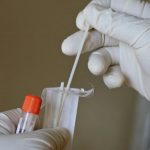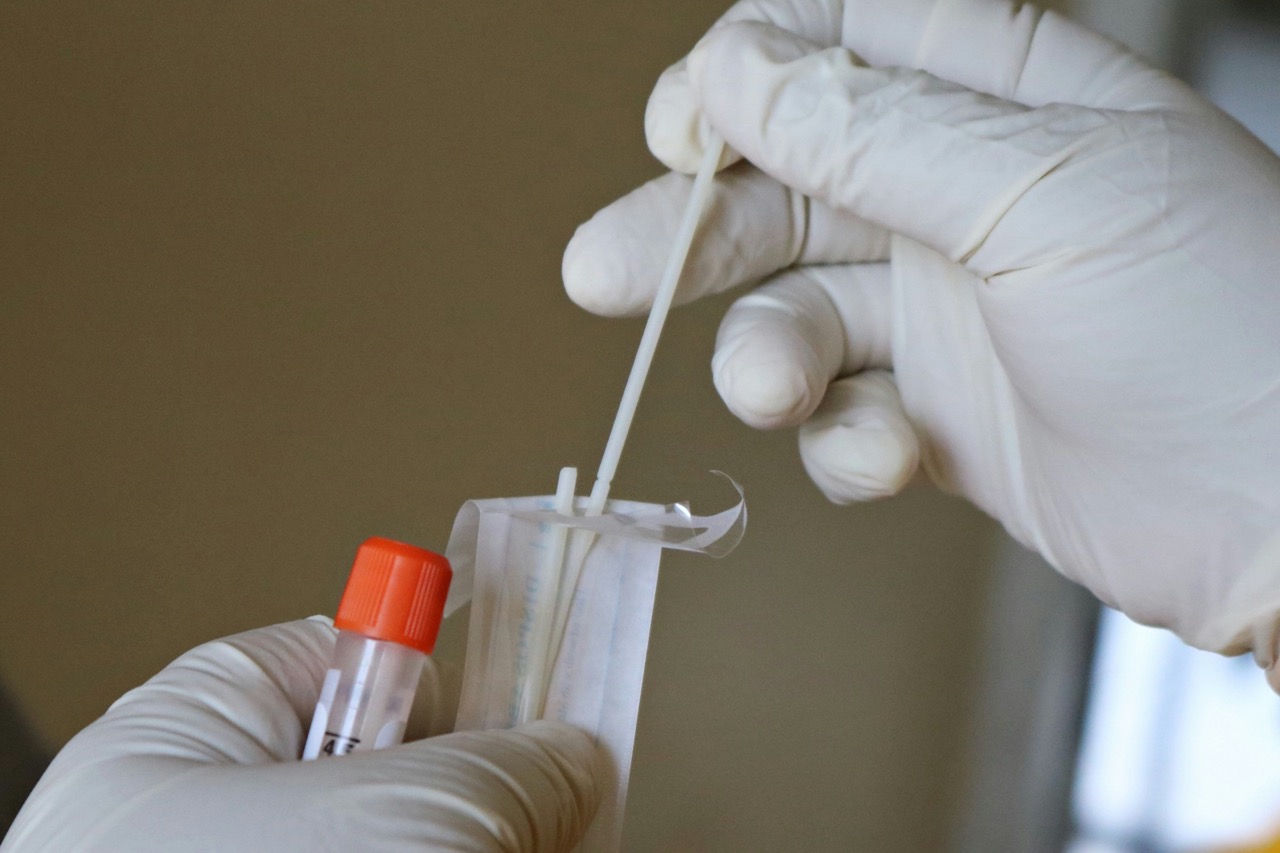Human Papillomavirus (HPV) is a collective term for a group of more than 200 related viruses that can infect the genital area, mouth, and throat. While many HPV strains are harmless and can go unnoticed by the immune system, certain strains pose significant health risks. Understanding the distinction between high-risk and low-risk HPV strains is vital for individuals seeking to safeguard their health and prevent the potential consequences associated with these viruses.
Understanding HPV: An Overview of Human Papillomavirus Strains
HPV is one of the most common sexually transmitted infections globally, with millions of people becoming infected each year. The virus is categorized into two groups: high-risk and low-risk strains. The classification is based on the potential of these strains to cause serious health issues, including cancers and warts. High-risk strains are associated with various cancers, while low-risk strains primarily lead to benign conditions such as genital warts.
Most people who contract HPV do not experience any symptoms and, in many cases, the virus will resolve on its own within two years. However, some strains can persist and lead to complications, underscoring the need for awareness and preventive measures. HPV is typically transmitted through intimate skin-to-skin contact, making safe sexual practices crucial in reducing transmission risks.
Vaccination is a key prevention strategy against HPV, particularly for high-risk strains. The HPV vaccine is recommended for preteens, but it can also be administered to adults up to age 45. Understanding the various strains and their implications can empower individuals to make informed decisions regarding their sexual health and preventive care.
High-Risk HPV Strains: Health Implications and Risks Explained
High-risk HPV strains, particularly types 16 and 18, are known to be the primary culprits behind most cervical cancers. In addition to cervical cancer, these strains are also associated with other genital and oropharyngeal cancers. The persistence of high-risk HPV infections can lead to cellular changes, known as dysplasia, which may progress to cancer if left untreated.
The risks associated with high-risk HPV strains extend beyond women; men can also be affected, particularly in relation to cancers of the anal and throat regions. Regular screenings, such as Pap smears for women, are crucial in detecting precancerous changes early. Vaccination against high-risk strains remains an effective way to reduce the incidence of these cancers among both genders.
Moreover, awareness of the symptoms and implications of high-risk HPV is critical. While many individuals with high-risk HPV infections may not exhibit symptoms, persistent infections can lead to severe health issues over time. Regular health check-ups and open conversations with healthcare providers are essential in managing risks associated with high-risk HPV strains.
Low-Risk HPV Strains: What You Need to Know for Prevention
Low-risk HPV strains, such as types 6 and 11, are primarily responsible for the development of genital warts and other benign conditions. These strains are not known to cause cancer, but they can lead to significant discomfort and psychological distress for those affected. Genital warts can appear as small bumps in the genital area, which might vary in size and shape, and while they are harmless, they can be bothersome.
Preventive measures for low-risk HPV strains focus on reducing transmission and managing outbreaks of warts. The use of condoms can lower the risk of transmission, although it does not completely eliminate it, as HPV can infect areas not covered by the condom. Individuals diagnosed with low-risk HPV should consult their healthcare providers for treatment options, which may include topical medications or procedures to remove warts.
Although low-risk HPV strains are generally not associated with severe health outcomes, it is still important to monitor any changes in the genital area. Regular healthcare visits and open communication about sexual health can help individuals manage their risk effectively. Education about low-risk HPV can promote proactive health behavior and reduce the stigma surrounding HPV infections.
Differentiating High-Risk and Low-Risk HPV: Key Takeaways
Understanding the differences between high-risk and low-risk HPV strains is essential for effective prevention and management. High-risk strains are linked to serious health threats, particularly various cancers, while low-risk strains typically result in non-cancerous conditions like genital warts. This distinction underlines the importance of vaccination, regular screenings, and open discussions with healthcare professionals.
Vaccination is a preventive measure that is effective against both high-risk and some low-risk strains. The HPV vaccine is recommended for preteens and can also be beneficial for older individuals who may not have been previously vaccinated. By understanding the strains of HPV and their potential consequences, individuals can take proactive steps to protect their health.
In conclusion, knowledge about HPV strains empowers individuals to make informed decisions regarding their sexual health. Recognizing the risks associated with high-risk strains and the benign nature of low-risk strains can help reduce anxiety and stigma surrounding the virus. Regular screenings, vaccination, and open communication can significantly lower the risks associated with HPV infections.
In summary, HPV is a pervasive virus with a wide array of strains, each carrying different health implications. By distinguishing between high-risk and low-risk HPV, individuals can better navigate their health choices and implement effective preventive measures. As research and awareness continue to grow, it is crucial for everyone to engage in discussions about HPV and its potential impacts, ultimately leading to improved health outcomes.











